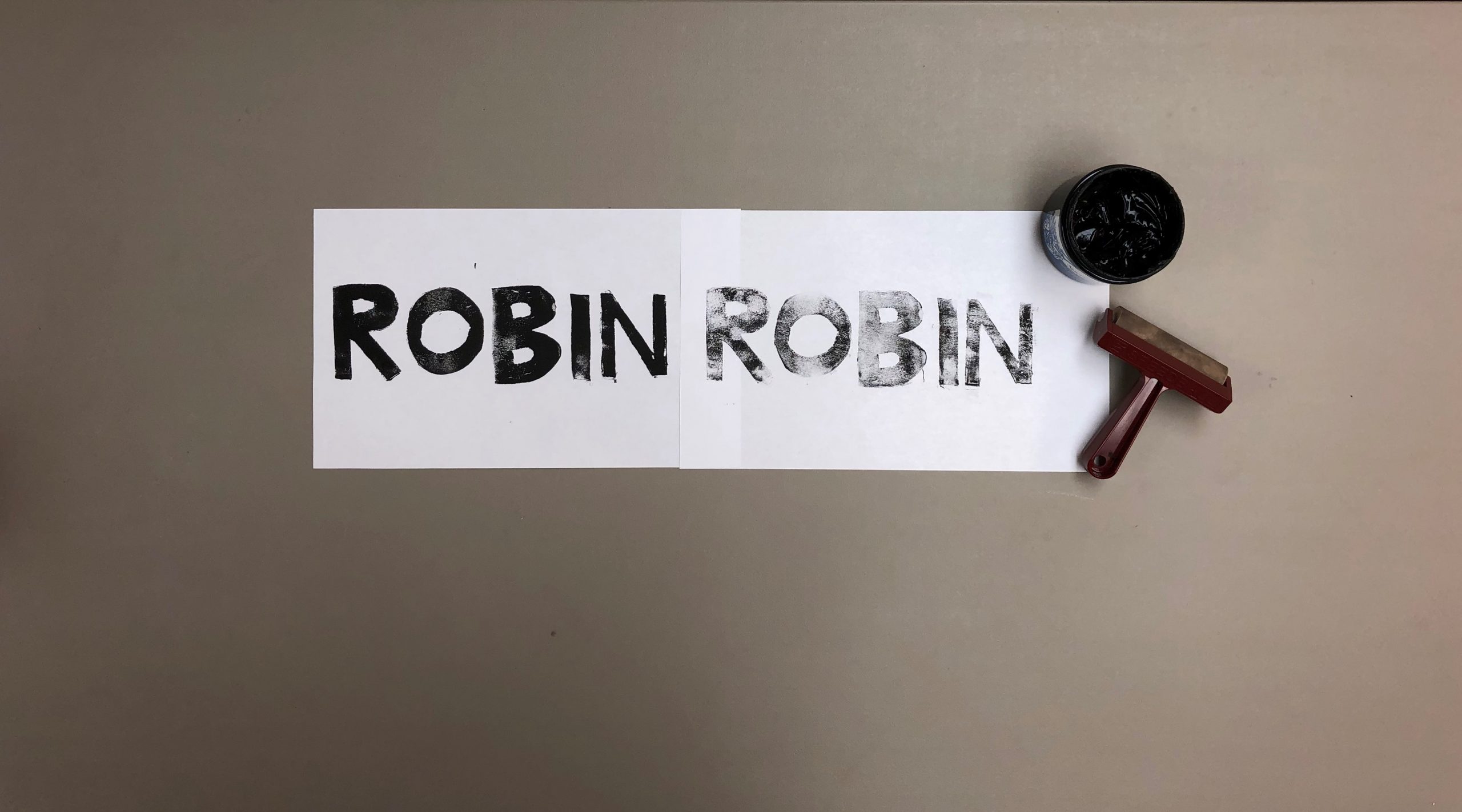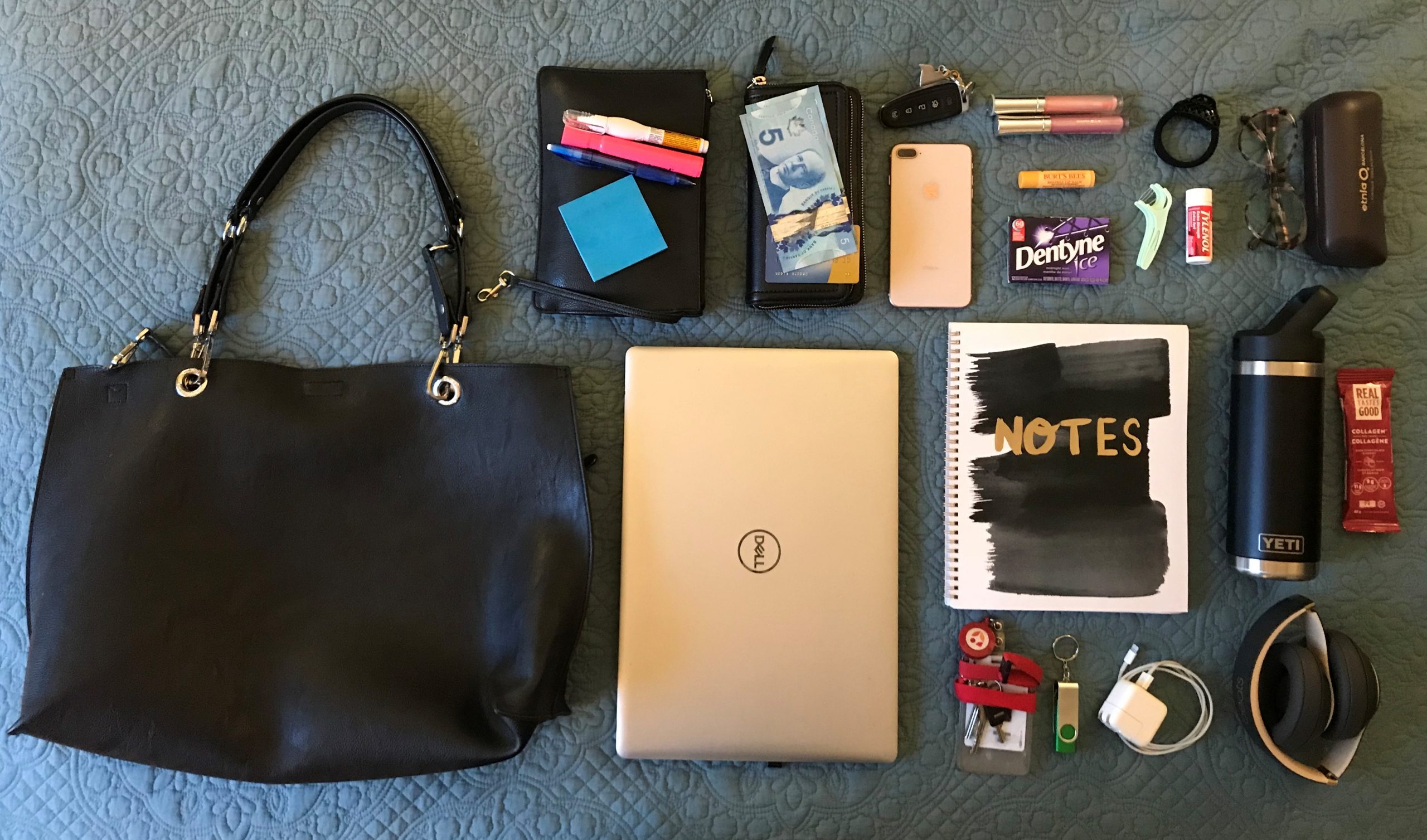A couple of weeks ago, I created a post about what you would find in my bag. This week I’ve re-designed this task.
Below you will find a link to my audio recording.
This week’s task was challenging for me. When I read the New London Group’s publication on multiliteracies I learned that music, sound effects, voice, etc. are elements that constitute audio design so I started to think about how I could incorporate and redesign this task using audio and representing the contents of my bag. I created a playlist with a number of songs that have a similar theme. Once you listen, you might be able to tell me what my bag is used for, however, you may not be able to tell me exactly what was in my bag. As much as I could, I tried to incorporate lyrics that represented some of the items found in my bag. For me, music is an important part of my being. Music and lyrics are symbolic and communicate meaning. When I looked at the contents of my bag, someone may be able to identify a number of literacies or texts that could be used to describe me. However, the contents of my bag, really speaks to my work and professional life. And I think that the music I selected speaks to the passion I have for my career and the reason as to why I carry these items in my bag.
References
Bachman, R. (1973). Takin’ Care of Business [Bachman–Turner Overdrive]. Bachman-Turner Overdrive II [Record]. Mercury.
Brown, T., LaRue, P., & Montana, B. (2018). Night Shift [Jon Pardi]. California Sunrise [CD]. Capitol Nashville.
Dean, P., Reno, M., Frenette, M. (1981). Working for the Weekend [Loverboy]. Gey Lucky [Record]. Columbia.
Dunn, R. (1993). Hard Workin’ Man [Brooks and Dunn]. Hard Workin’ Man [CD]. Arista.
Jones, T. (2007). Shiftwork [Kenny Chesney and George Straight]. Just Who I Am: Poets & Pirates [CD]. BNA.
Lennon, J. & McCartney, P. (1964). A Hard Day’s Night [The Beattles]. A Hard Day’s Night [Record]. Parlophone.
Lewis, H. & Hayes, C. (1981). Workin’ for a Livin’ [Huey Lewis and the News]. Picture This [Record]. Chrysalis.
Parton, D. (1980). 9 to 5. 9 to 5 and Odd Jobs [Record]. RCA.
Reynolds, A. (1965). Five O’Clock World [The Vogues]. Five O’Clock World [Record]. Co & Ce.
The New London Group. (1996). A pedagogy of multiliteracies: Designing social futures. (Links to an external site.) Harvard Educational Review 66(1), 60-92.




